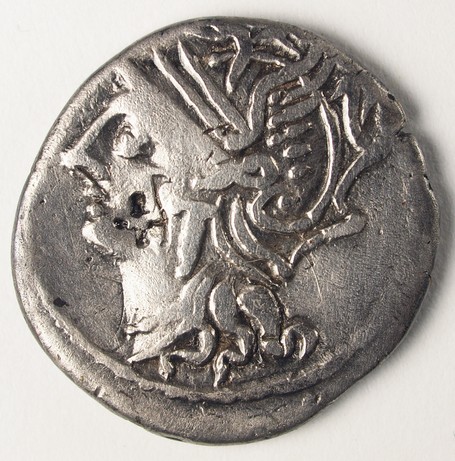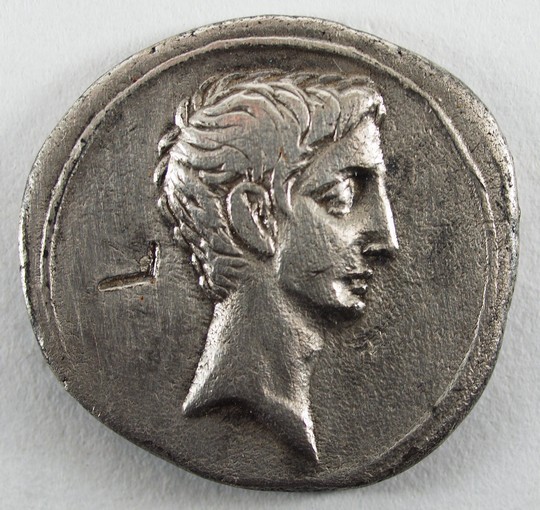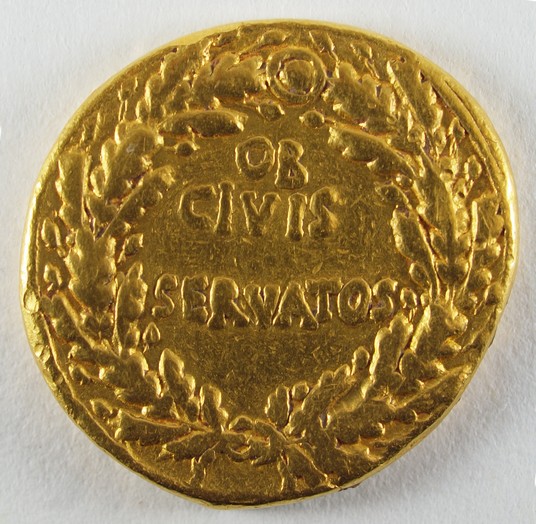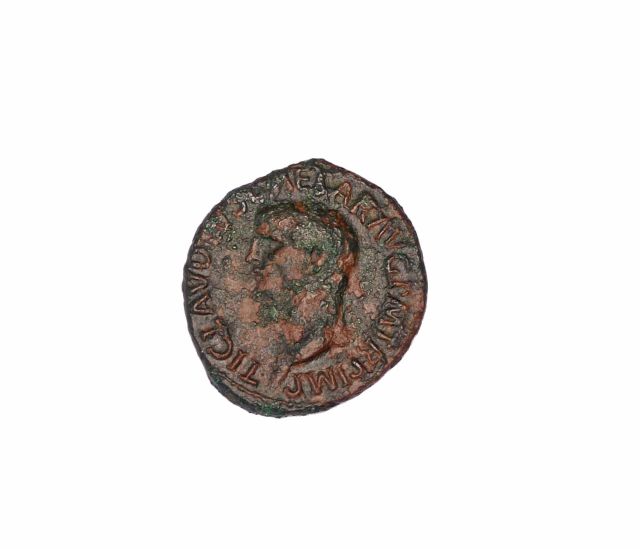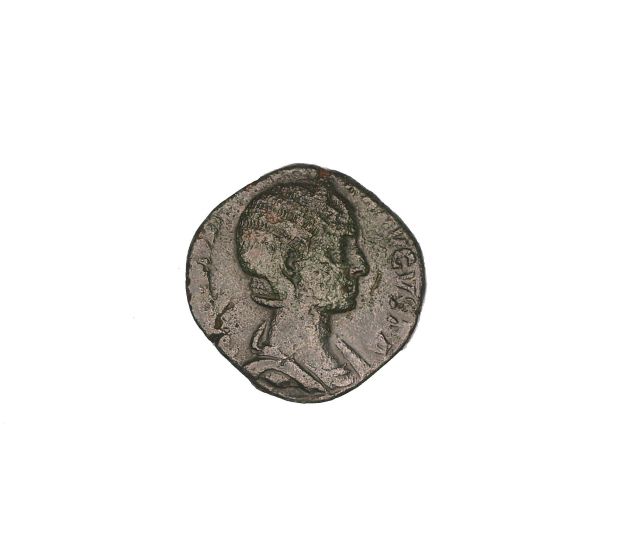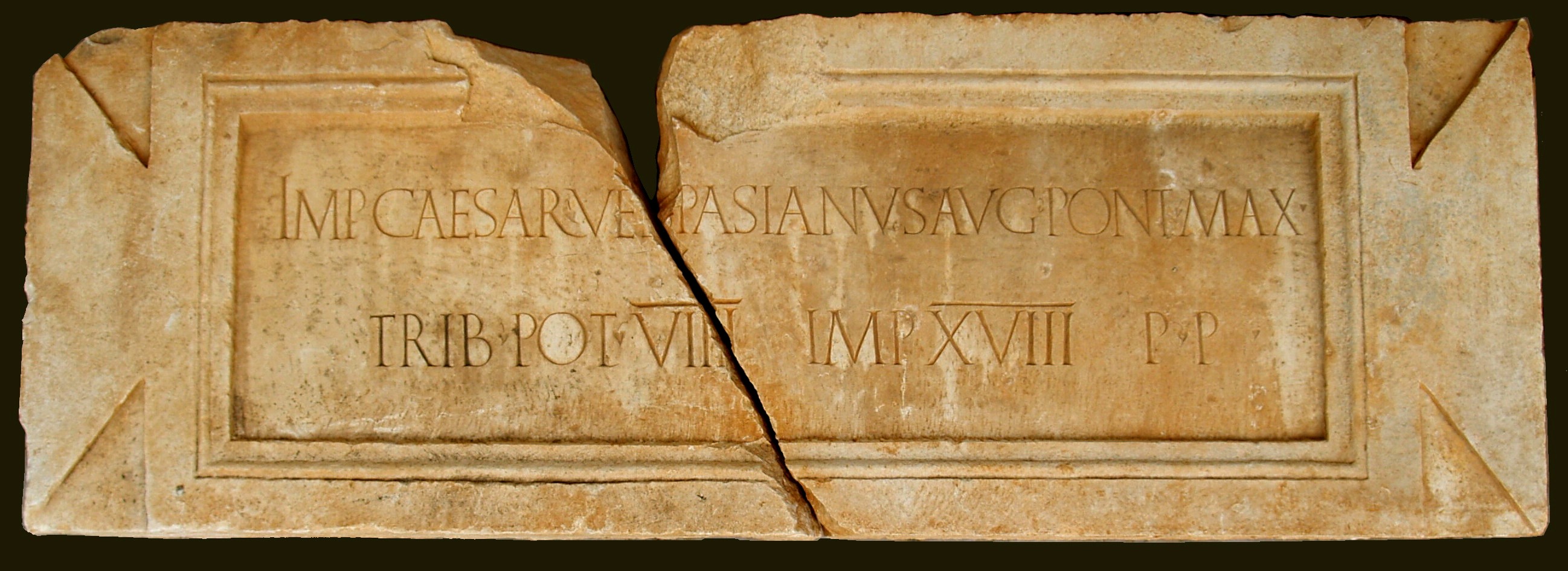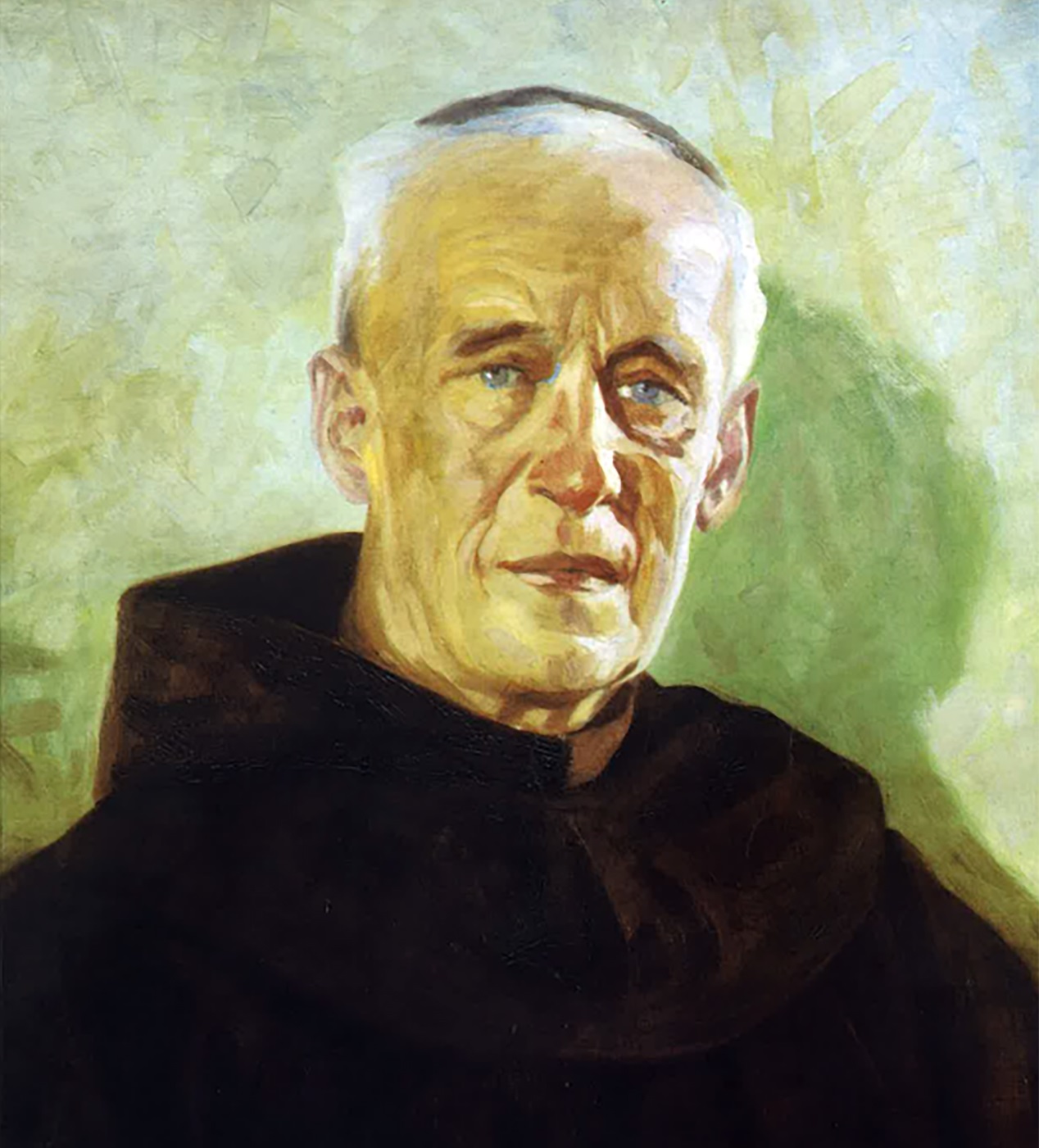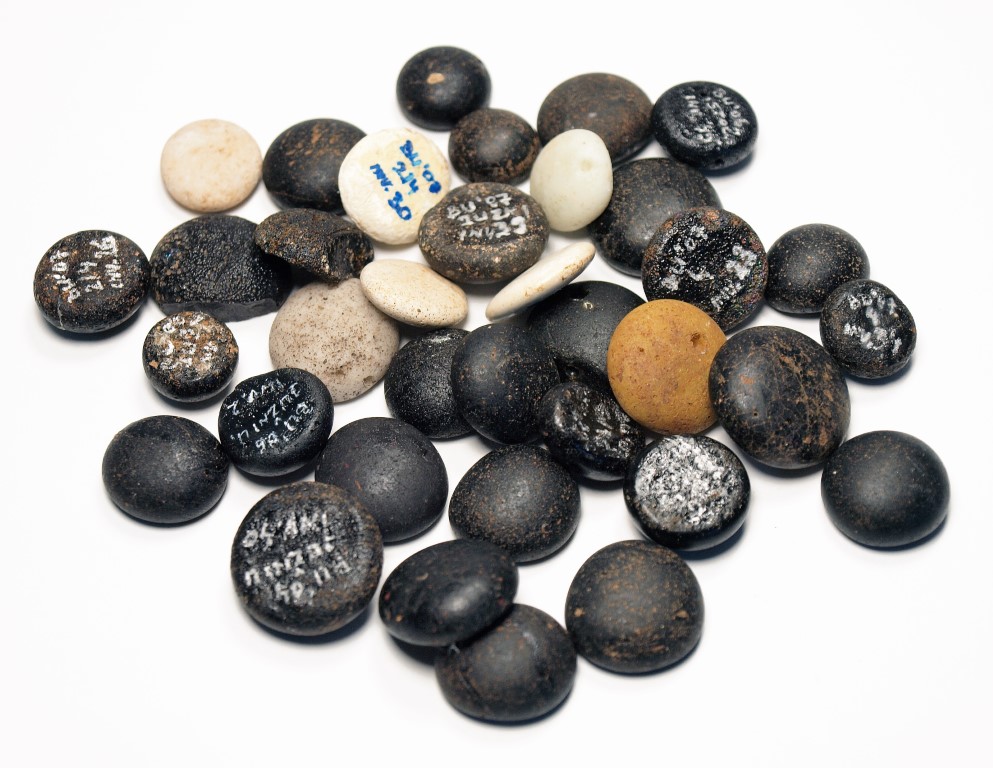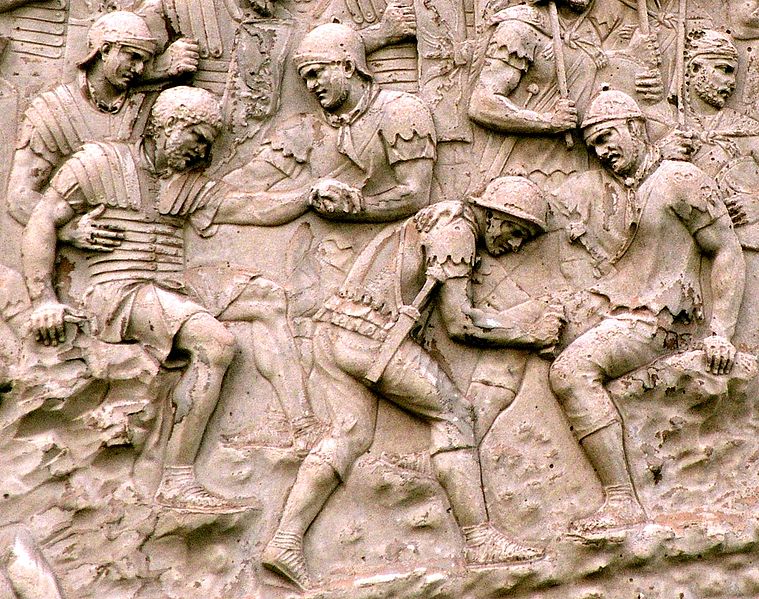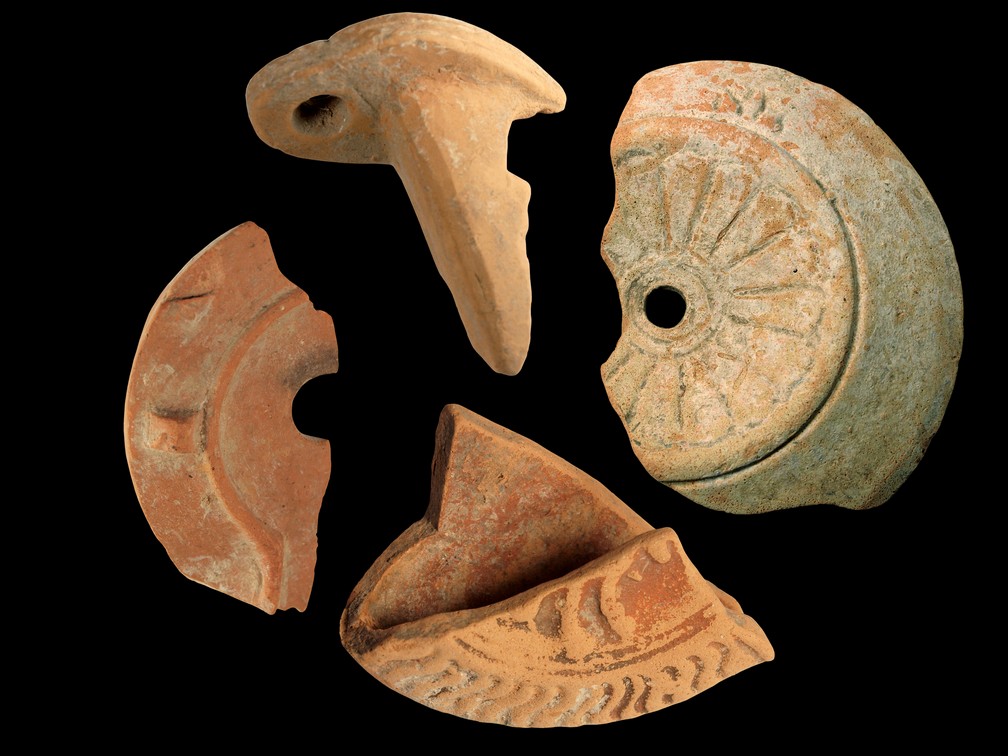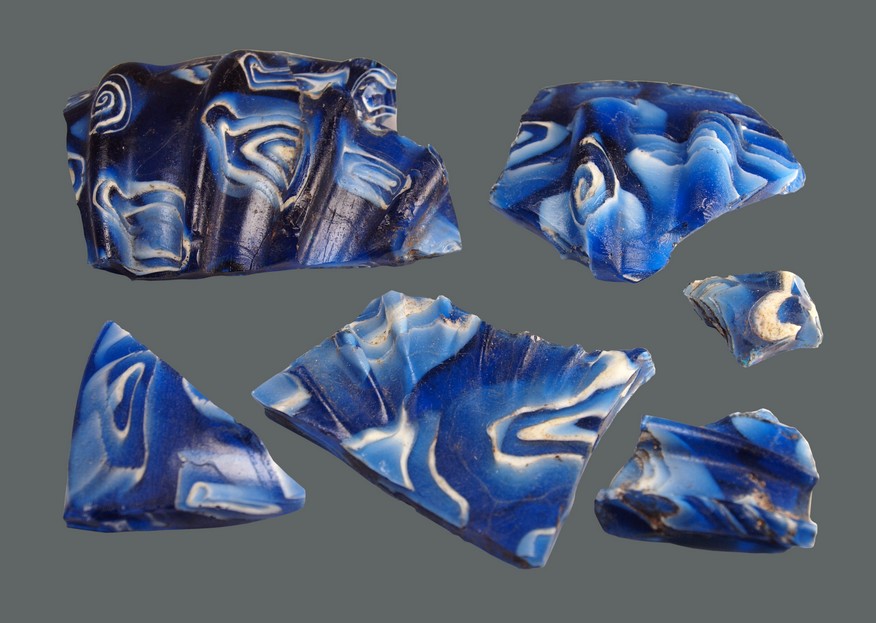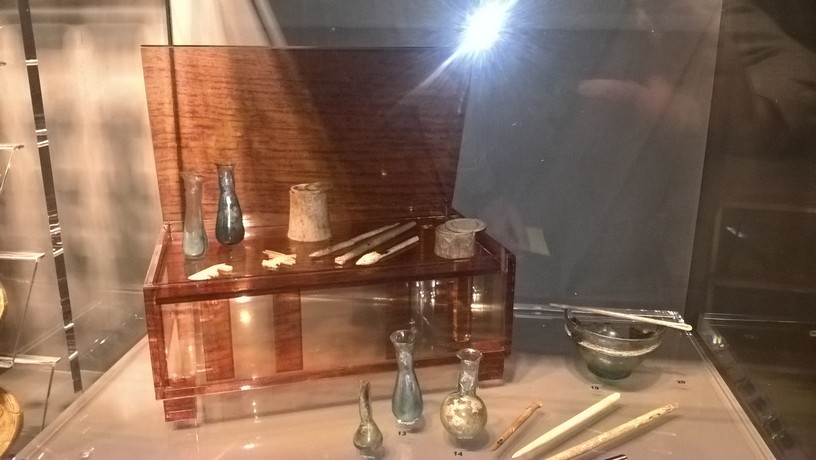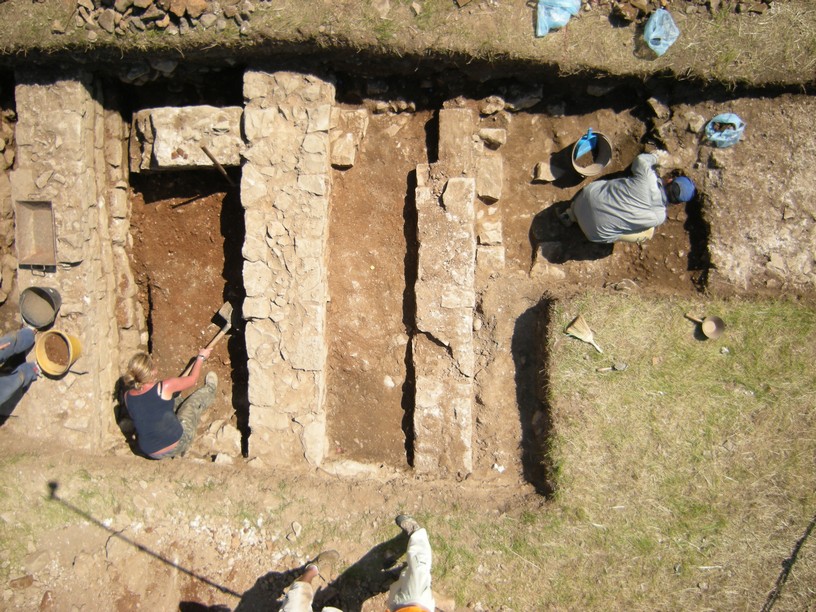Roman money in Burnum
The appearance of money as a form of payment in the daily exchange of goods in the Burnum area coincides with the arrival of Roman military units and the establishment of a permanent military camp
During the 1st century AD, this camp housed the legions with their auxiliary units. Soldiers received a permanent wage, meaning the consignments of money for their wages were regularly sent to Burnum, and the soldiers spent their money there for personal purchases not covered by the regular military provisions.
At that time, the main unit of money was the denarius. Due to the purity of the silver used to make these coins and their good weight, silver coins were in circulation for a long time. This is the reason why about ten denarius and quinarius (worth half a denarius) minted in the late 2nd and early 1st century BC were unearthed in the compact cultural layer at the northeastern periphery of the military camp, created by the levelling and raising of the terrain for the construction of the amphitheatre. Gold coins (aureus), which the Romans only began to mint in large quantities towards the end of the Republic (regular minting was introduced by Augustus, and continued by subsequent emperors), and therefore were not in daily circulation. However, due to their high value (25 denarius), this was more of a calculation unit for larger transactions or personal items of value being kept than as a means of payment in daily transactions. Therefore, the unearthing of an aureas bearing the image of Emperor Augustus (minted in 19 – 18 BC) found in the layer under the southern entrance to the amphitheatre is of special note. Augustus introduced the minting of bronze/copper money, with the base value coin being the as, worth one-sixteenth of a denarius. Higher value coins – the sestertius worth four asses and the dupondius worth two asses – were minted from a special alloy of copper, zinc, and aurichalcum, which the Romans prized more than bronze and copper. The smallest value bronze coin was the quadrans, which was worth one-fourth an as.
In the Roman time, there was an issue with a shortage of small value coins in circulation, particularly for those coins in which the cost of their minting exceeded their true value. The Romans resolved this problem easily: they broke up the larger value coins to obtain small change. During research in the amphitheatre area, several specimens were found of bronze asses broken in half and then again into quarters, in order to obtain the appropriate value for semis, worth half an as, and quadrans, worth a quarter of an as.
These bronze coins were unearthed during archaeological research in the area of the amphitheatre and military polygon. It is exceptionally important to stress that all specimens of bronze money found in the cultural layer were minted in the period from Augustus to Claudius, and therefore using these coins, the start of construction of the amphitheatre and military polygon at Burnum can be dated to the start of the rule of Emperor Claudius (in the year 42 or shortly thereafter).
Specimens of money from the late imperial period and dominate are rare, and since they were found near the surface, in a thin layer that over time arose above the original surface layer, they cannot be relevant for determining the chronology of construction of the amphitheatre. The youngest coin found was a follis, minted in the early 4th century by the Emperors Diocletian, Galerius and Constantius, and there is no doubt that future archaeological research will reveal many more coins that are sure to fill in the gaps in the repertoire of Roman money and our knowledge about its use in the area of the military camp and Burnum agglomeration over the centuries.

